- Saudi Crown Prince Takes Power with No Clear Successor, Crisis Over Succession Hidden
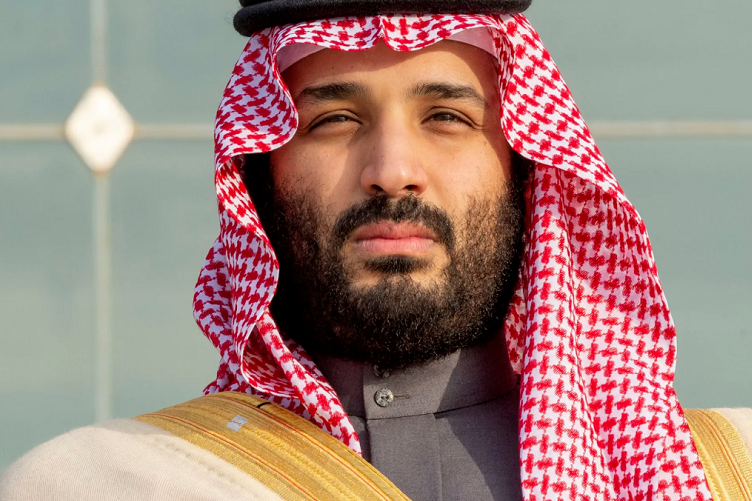
Last month, Donald Trump received a high-level reception during his visit to Saudi Arabia, with the honor guard welcoming him on horseback and the palace hosting a grand banquet. However, the 89 year old Saudi King Salman did not appear and was accompanied by Crown Prince Mohammed bin Salman (MBS) throughout the visit. This visit once again highlights MBS's core leadership position in Saudi Arabia, but also exposes the issue of Saudi succession to the throne.
Since the establishment of modern Saudi Arabia in 1932, the country's regime has faced for the first time a lack of clear succession order. MBS has been in power for eight years, promoting the "2030 Vision" reform to reshape Saudi Arabia's economy and society, but there is no consensus on who will take over in case of any unexpected events. Currently, Saudi Arabia has neither a deputy crown prince nor a deputy prime minister, and despite MBS being only 39 years old, the "risk of key figures" still raises concerns from all walks of life.
In theory, the successor must be a direct descendant of the founding monarch Abdul Aziz, and potential candidates include Defense Minister Prince Khalid and State Minister Prince Turki. However, Saudi Arabia's Basic Law restricts the succession of the same branch, and candidates must be approved by the Royal Commission. Several experts have pointed out that the succession gap under MBS centralization is not only a manifestation of its power control, but also exacerbates the uncertainty of Saudi Arabia's future political situation. (This article is from the official website of Jian Dao www.seetao.com. Reproduction without permission is prohibited, otherwise it will be prosecuted. Please indicate Jian Dao website+original link when reprinting.) Jian Dao website strategy column editor/Wu Juan
Comment
 Praise
Praise
 Collect
Collect
 Comment
Comment
 Search
Search


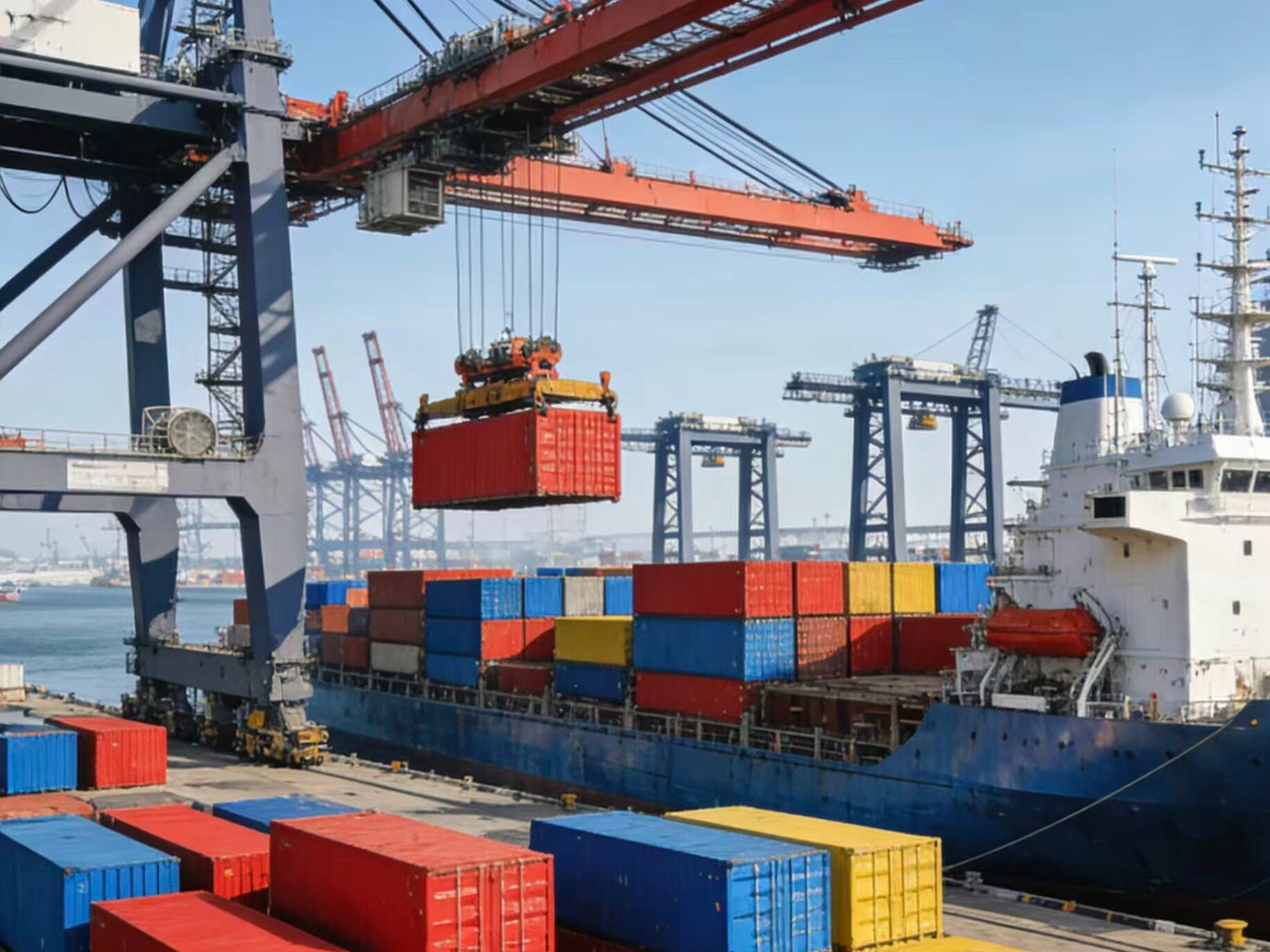
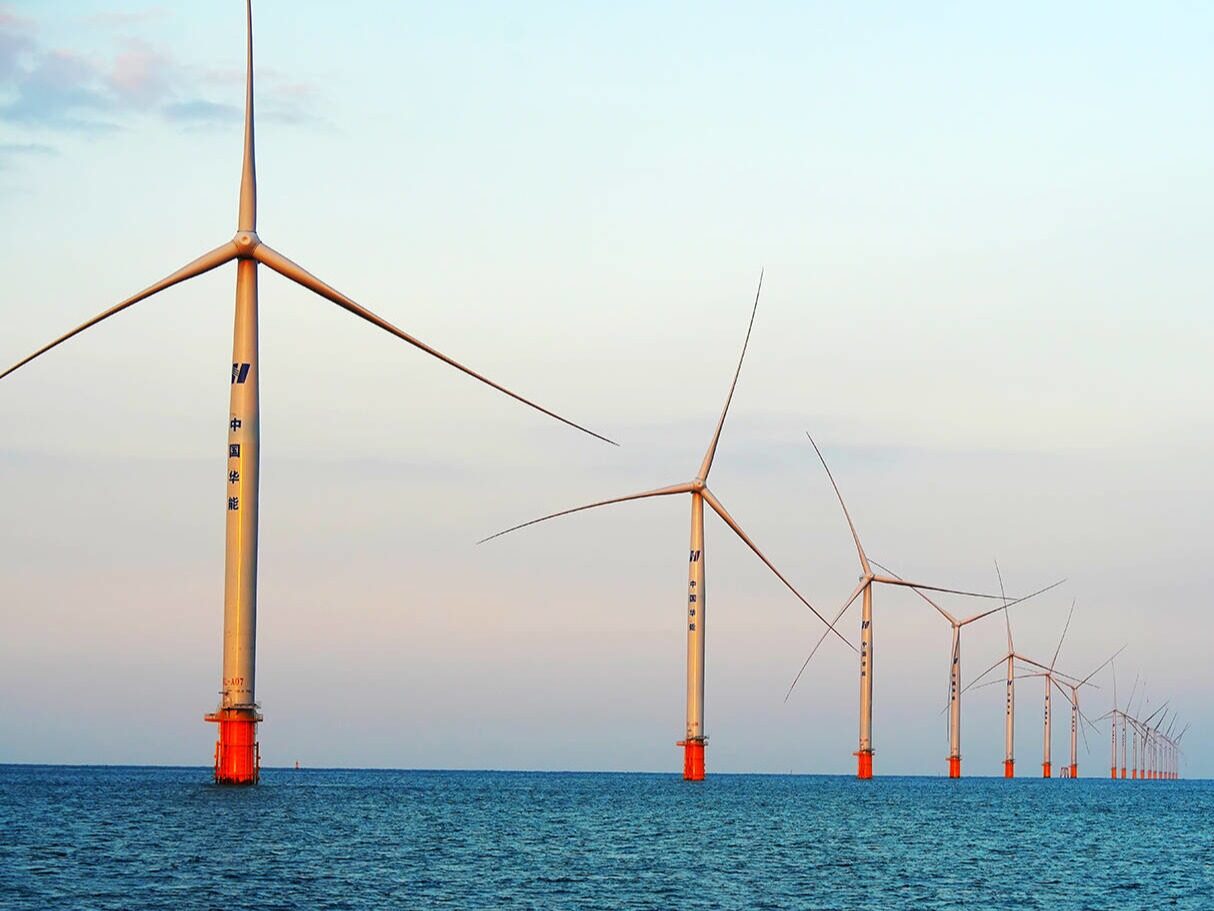

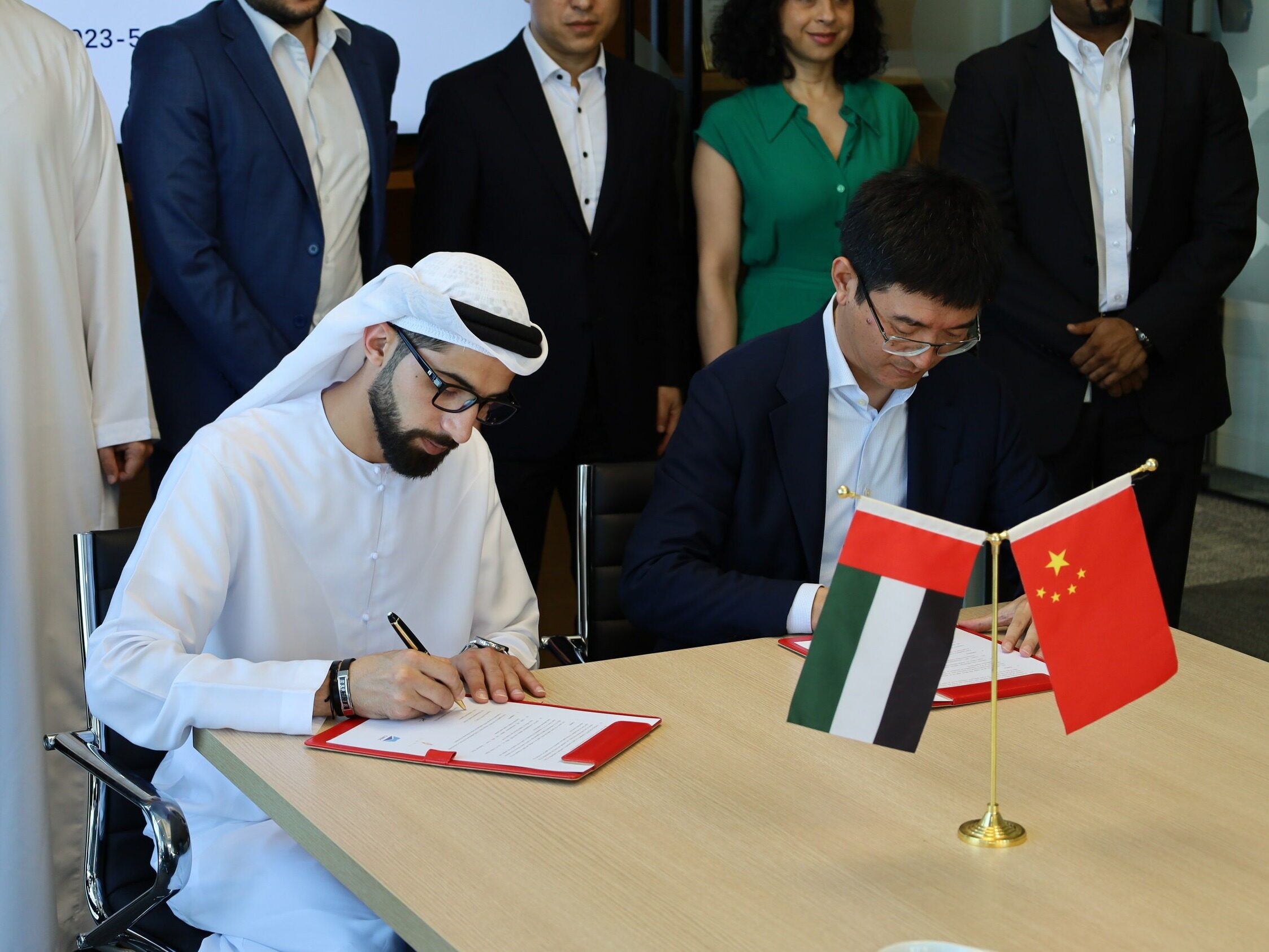

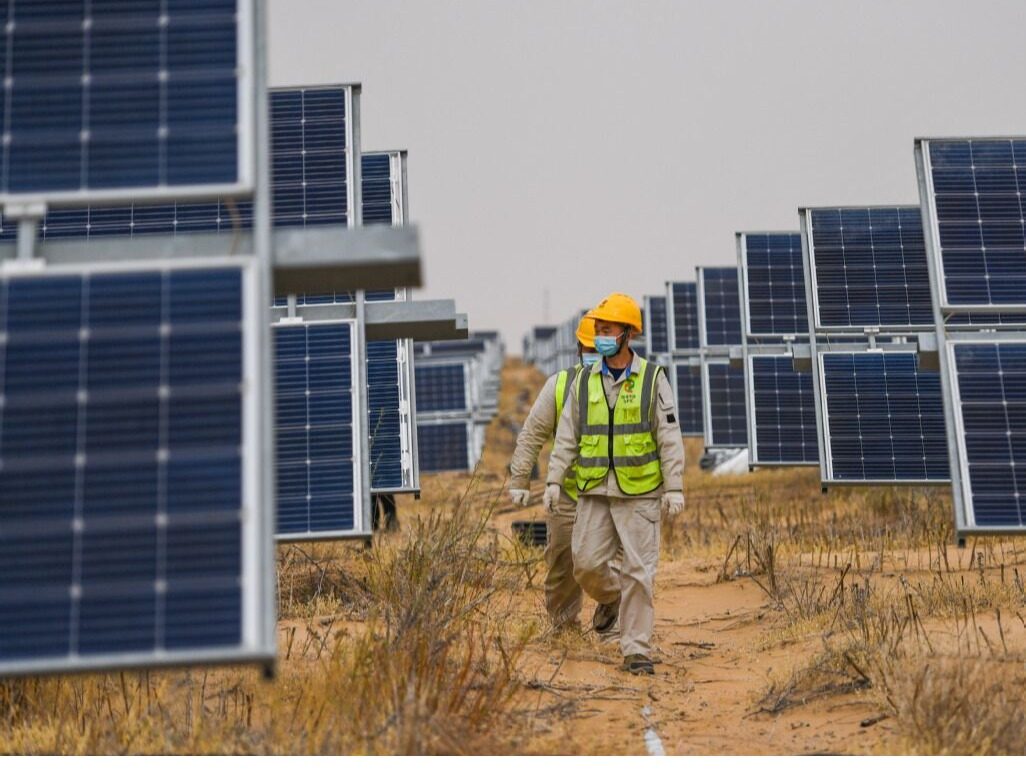






Write something~